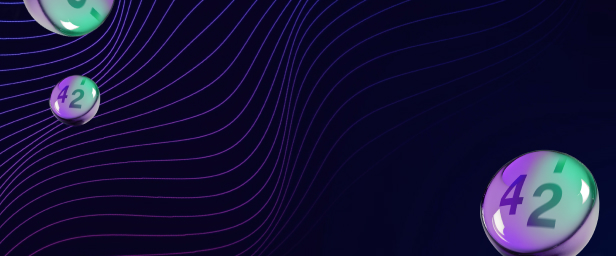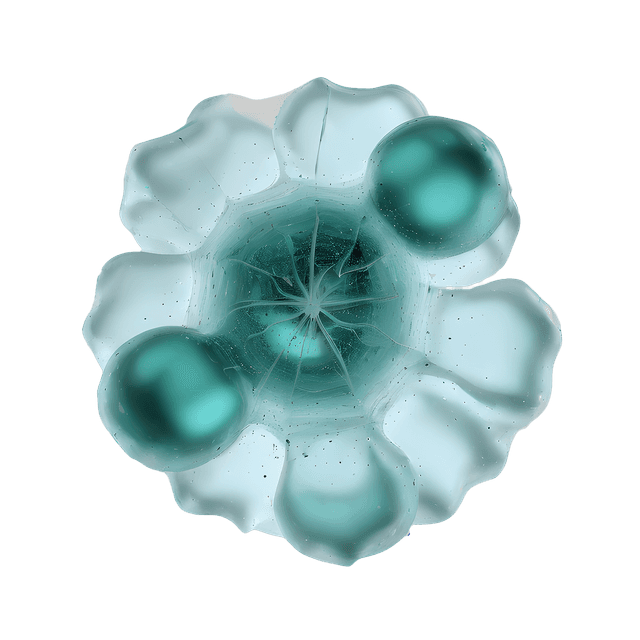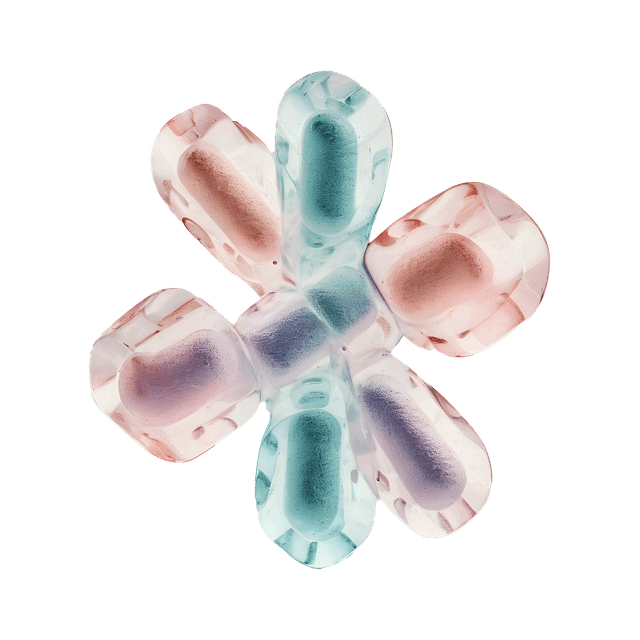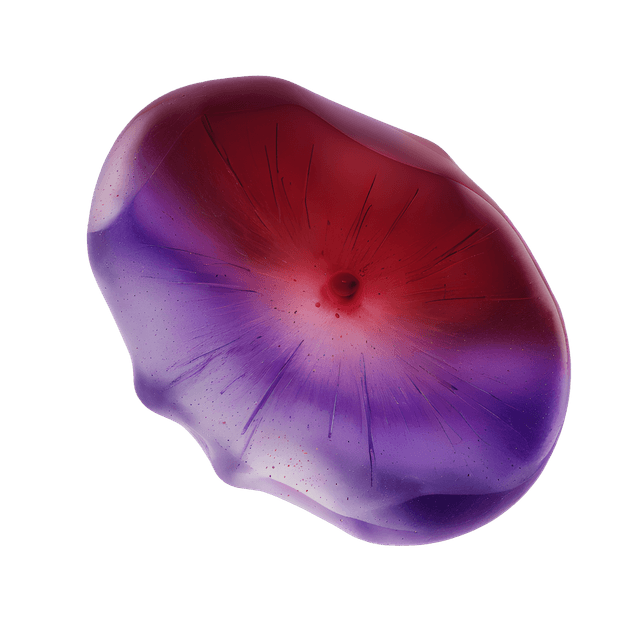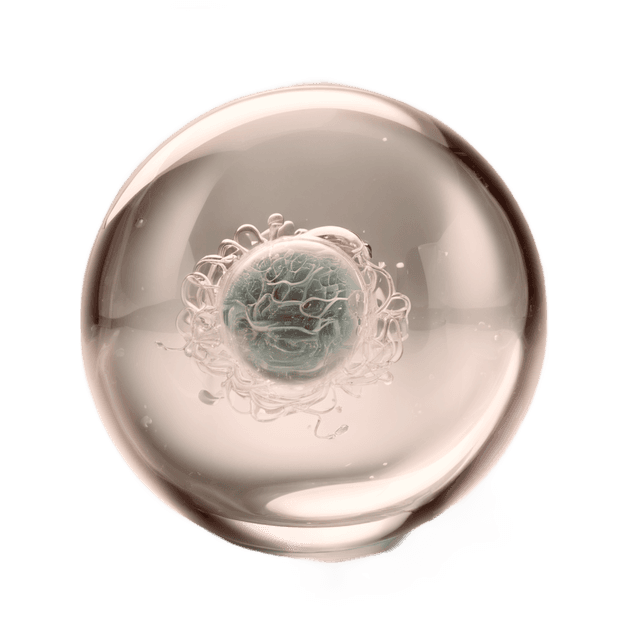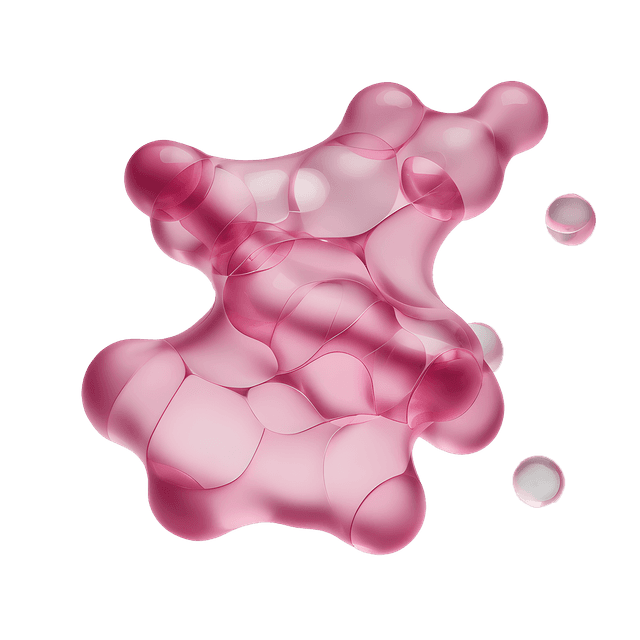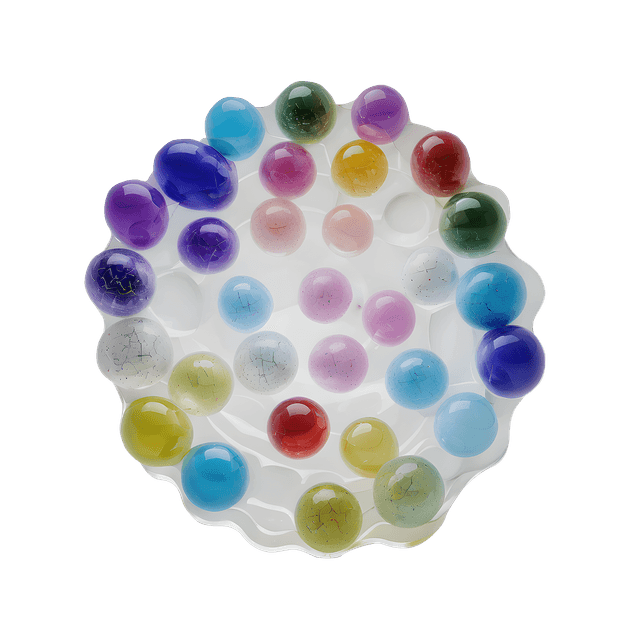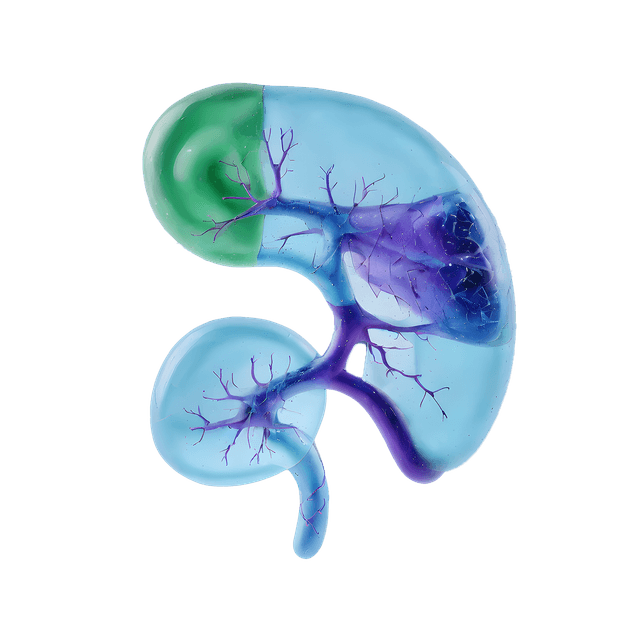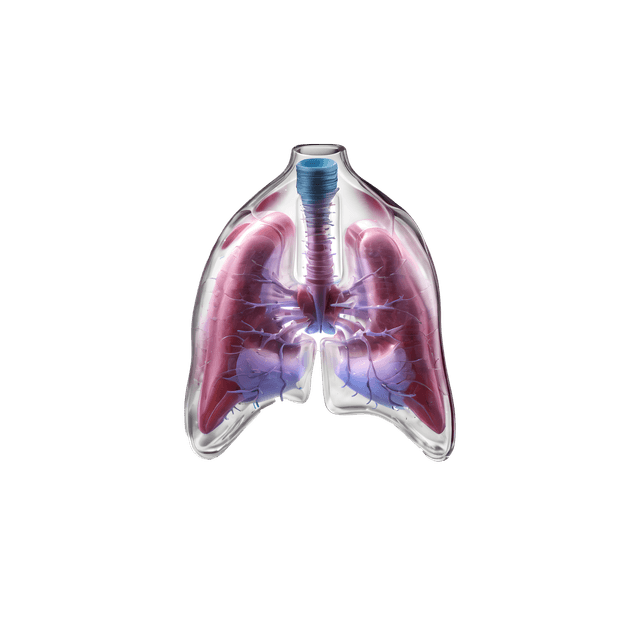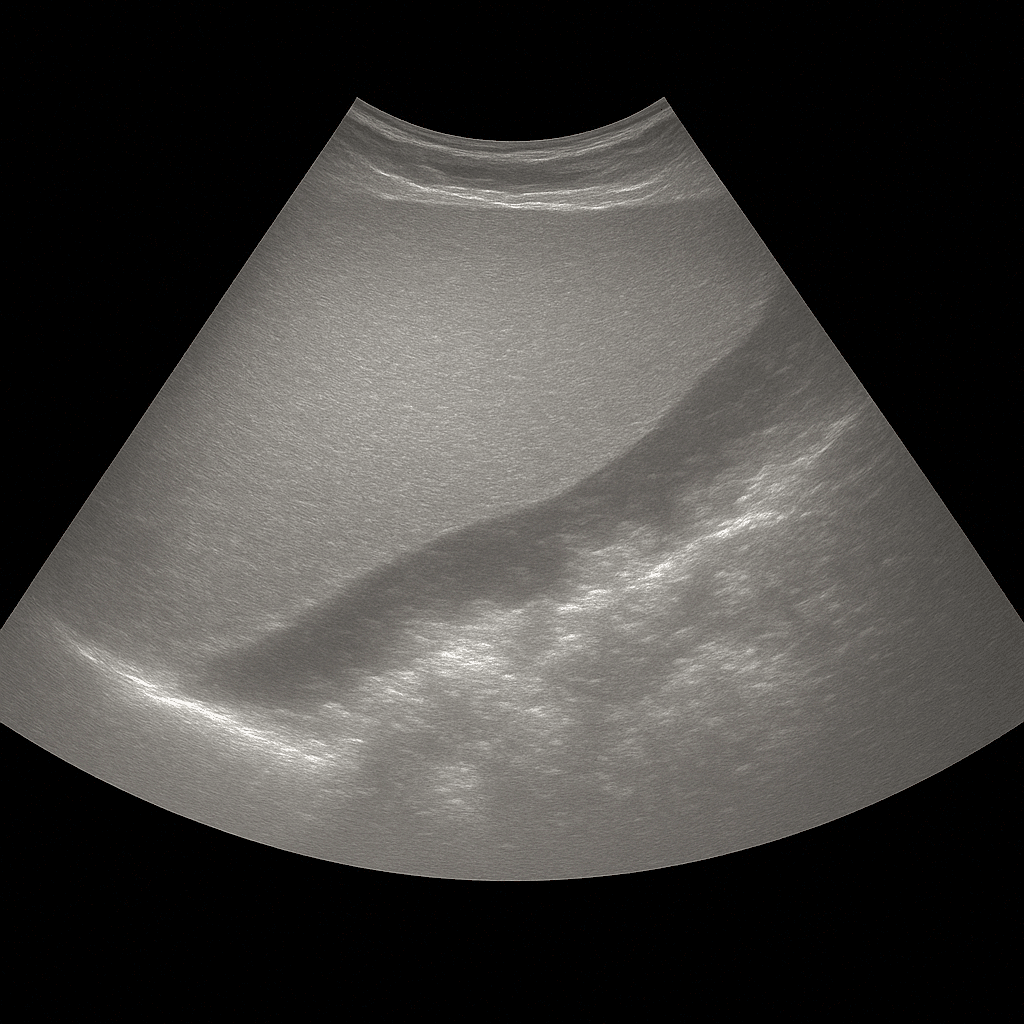Ultrasound of the liver with elastography is a more advanced examination that measures the stiffness of the liver tissue to assess the degree of fibrosis or scarring in the liver. Unlike a standard ultrasound examination, which primarily shows the structure and appearance of the liver, elastography can quantify how hard or soft the tissue is – which makes it possible to detect signs of liver disease early before the changes are visible on the image.
Ultrasound of the liver with elastography – for suspected fibrosis, fatty liver or chronic liver disease
Elastography is recommended for people with suspected fatty liver (steatosis), chronic hepatitis, alcoholic liver disease or other conditions that can lead to fibrosis or cirrhosis. The examination is used both in early diagnosis and as a follow-up to evaluate the effect of treatment and disease progression.
The method is a gentle alternative to liver biopsy and provides an objective measurement of the elasticity of the liver. By measuring how quickly mechanical waves travel through the tissue, the doctor can determine how stiff the liver is – the stiffer the tissue, the more fibrosis.
Unlike MRI elastography, which is used for more extensive mapping in research or specialist settings, ultrasound-based elastography is an accessible, fast and radiation-free method that can be performed directly during a regular ultrasound examination.
Order an ultrasound examination of the liver with elastography – get a report and recommendation from a doctor
Images and measurement data are reviewed by a specialist in radiology who prepares a written report assessing the degree of fibrosis and any other findings. The answer is delivered digitally within a few working days and can be shared with your treating doctor for further follow-up or treatment.

